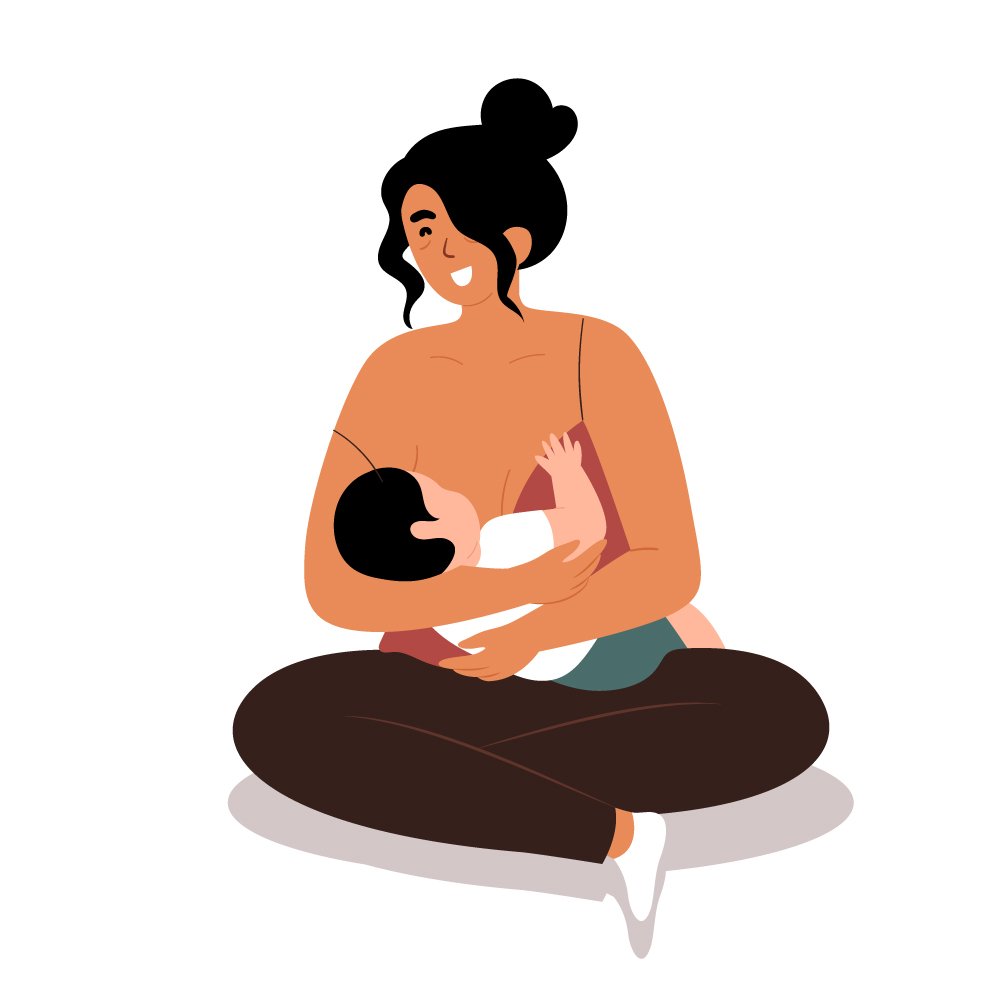
Menopause Brain Fog is real: A Simple Guide with Symptoms and Treatment
Menopause Brain Fog is real: A Simple Guide with Symptoms and Treatment Women in their 40s and 50s who are just entering the end of
Yes, Birth Plans are a thing and it is also very useful to have one.
If you are approaching your third trimester the chances are you have already given a lot of thought to childbirth and all the options available to you. It is vital you write your preferences down and share what your preference for labour and delivery is with a loved one. This should be done well in advance because whilst you are going through labour it will be quite a task to make decisions in the middle of, you know, all the pain and hormones and stuff. Having a birth plan in advance will help you focus on the most important thing on the day – bringing your new baby into the world. We have broken down everything you need to know while creating your birth plan.
Before we proceed, let’s go through the basics quickly.
What is a Birth Plan?
A Birth plan is a written, typed or even drawn document which states your preferences during labour, delivery and after childbirth. It’s similar to a wish list, for example, where you can list out who you want with you in the room while you are in labour, or if you want pain meds, dimmed lights in the room, background music and other preferences. You can add anything you wish to make your delivery day as comfortable as possible.
However, it is important to keep in mind that unexpected things can happen during labour so it might be quite difficult to follow your birth plan to the T.
So how do you create a birth plan?
First, start with the basics. Include your

Here are a few other things you should consider when adding to your birth plan:
Location
Where do you want to give birth? At home or at the hospital?
State your location so everyone is aware of where they need to take you when the labour pain starts.
Atmosphere
Who do you want around you when you are giving birth? Do you want a spacious room so you can walk around? Do you want a TV to help you calm down? Would you like music to be playing in the background – if so what playlist?
Listing these preferences out will help your loved ones set the atmosphere to your liking.
Birthing positions
Would you like to give birth on a birthing bed or stool or ball?
There are many positions you could try if you opt for a birthing bed. Some are listed below.
It is good to know the different options so you can experiment with these during childbirth easily. Please note that in Sri Lanka these positions are not practiced regularly but do talk to a VOG if you’d like to explore these positions.
Pain management
An important component of childbirth is pain management. It is common to be confused about whether or not you should take an epidural. Please note that whatever you choose in the birth plan, you can always change your mind on the day. It is advised you discuss the pain management options available to you with your VOG doctor well before your due date. A few examples of questions you can ask are listed below:

Delivery
Expecting mums, it’s never too early to discuss this with your VOG doctors. Have a think about if you’d like a normal vaginal birth or a C-Section. Other important things to consider are:
Feeding after the baby is born
How do you want to feed your newborn – breastfeed or bottle-feed? It is important to let your doctors and caregivers know this beforehand.
The above list might seem obvious, but under the pressure of labour, the raging hormones and pain, it will be difficult to communicate your choices. So we encourage you to build your birth plan well in advance and share it with your partner and most importantly your VOG doctor so they know what your preferences are when it comes to labour and delivery.
If you would like to discuss your birth plan or would like some guidance on how to build it, you can speak to a VOG doctor via oDoc from the comfort and safety of your home.

Source
Dailey, K. (2012, June 8). How to Create a Birth Plan. WebMD. Retrieved November 19, 2021, from https://www.webmd.com/baby/guide/how-to-create-a-birth-plan#1
NHS website. (2021, November 18). How to make a birth plan. NHS UK. Retrieved November 19, 2021, from https://www.nhs.uk/pregnancy/labour-and-birth/preparing-for-the-birth/how-to-make-a-birth-plan/
Dorfner, M. (2018, November 7). The Importance of a Birth Plan. Mayo Clinic. Retrieved November 19, 2021, from https://newsnetwork.mayoclinic.org/discussion/the-importance-of-a-birth-plan/
Slide show: Labor positions. (2021, February 23). Mayo Clinic. Retrieved November 19, 2021, from https://www.mayoclinic.org/healthy-lifestyle/labor-and-delivery/multimedia/labor/sls-20077009?s=9

Menopause Brain Fog is real: A Simple Guide with Symptoms and Treatment Women in their 40s and 50s who are just entering the end of

Did you know that gestational diabetes mellitus, also known as GMD, is one of the most common medical complications of pregnancy? What is GMD? Why

Endometriosis No woman looks forward to “that time of the month.” Dealing with nausea, stomach cramps, mood swings, back pains and fatigue, all whilst facing
Get the latest health tips delivered straight to your inbox!